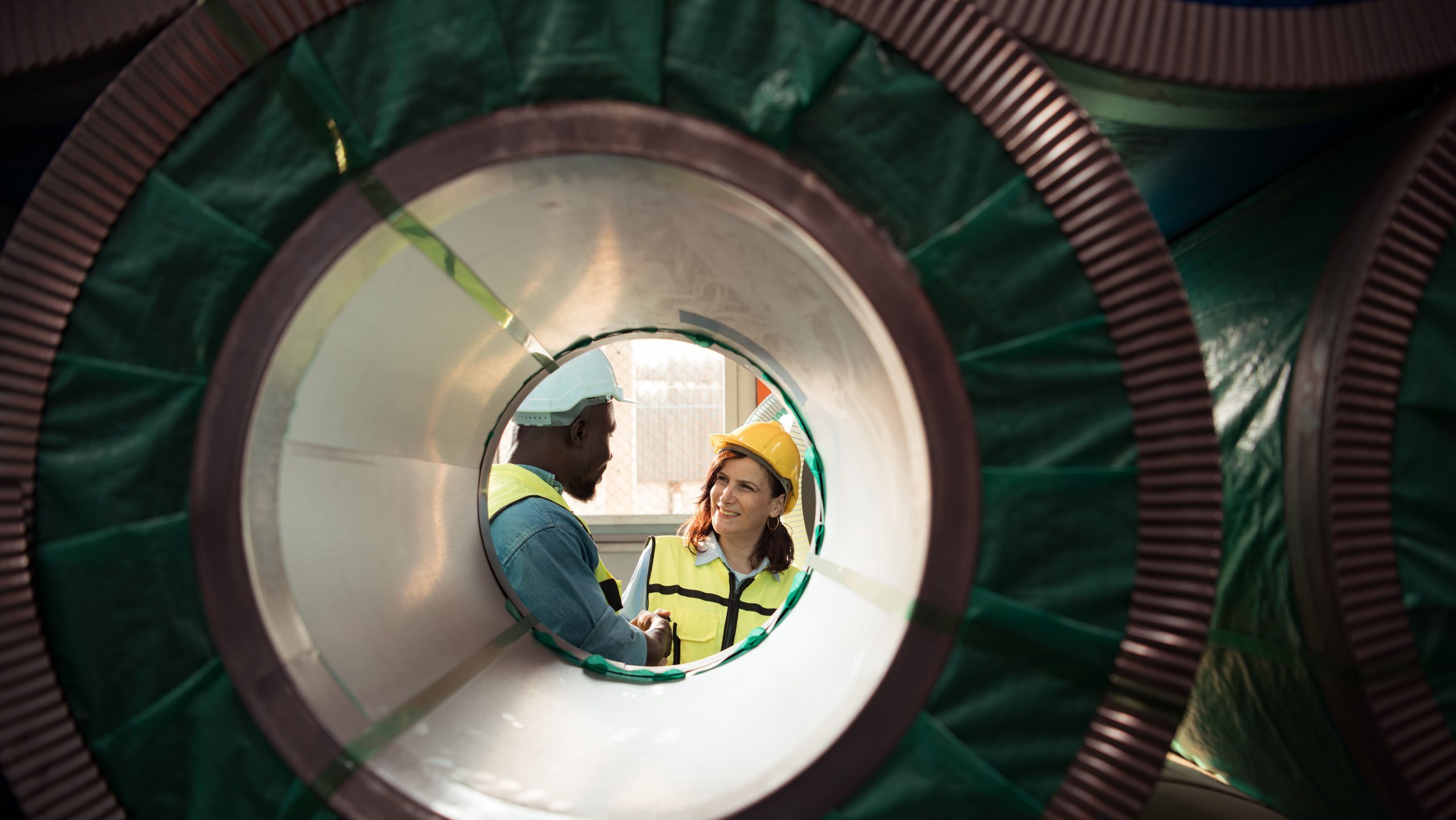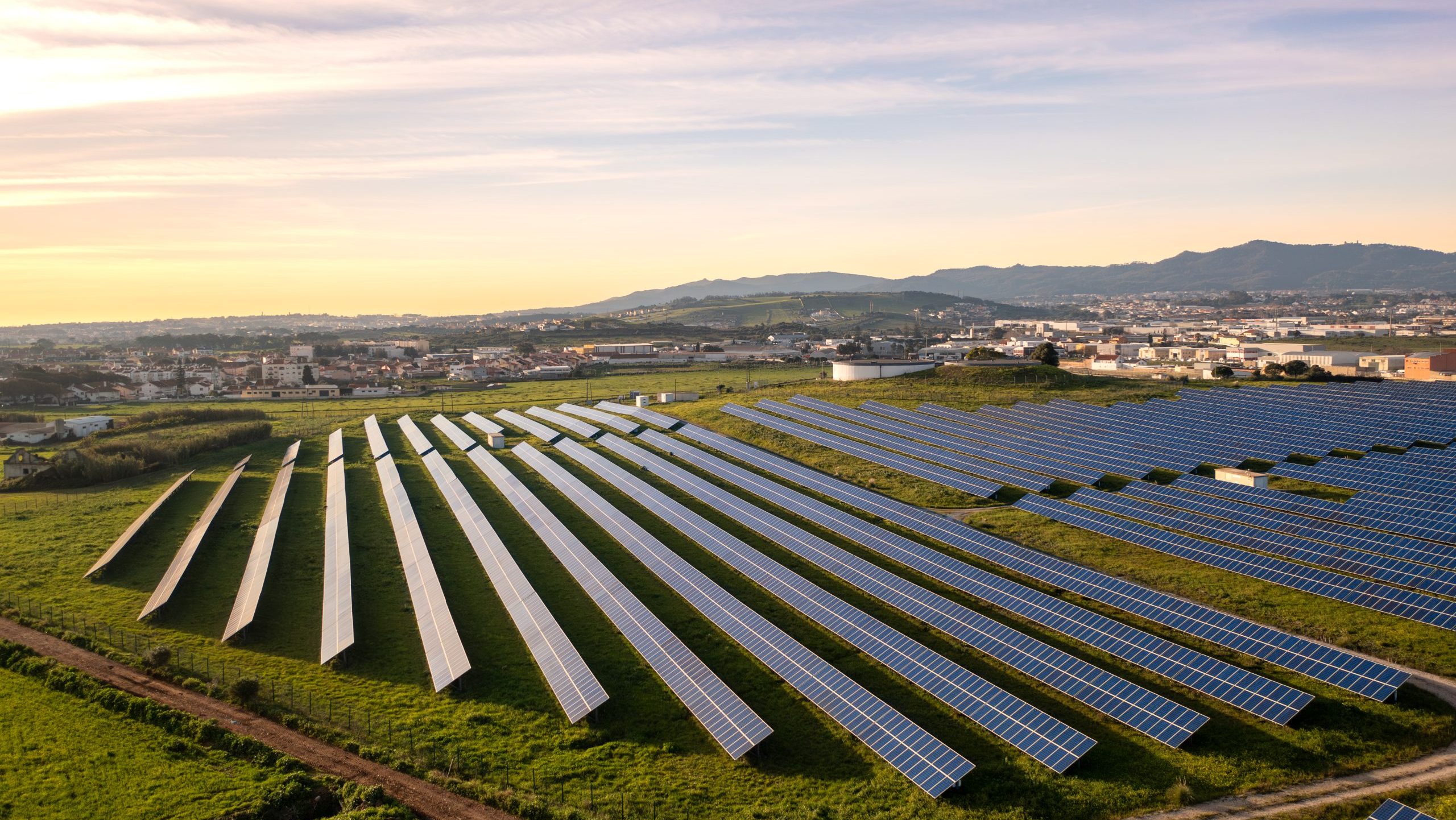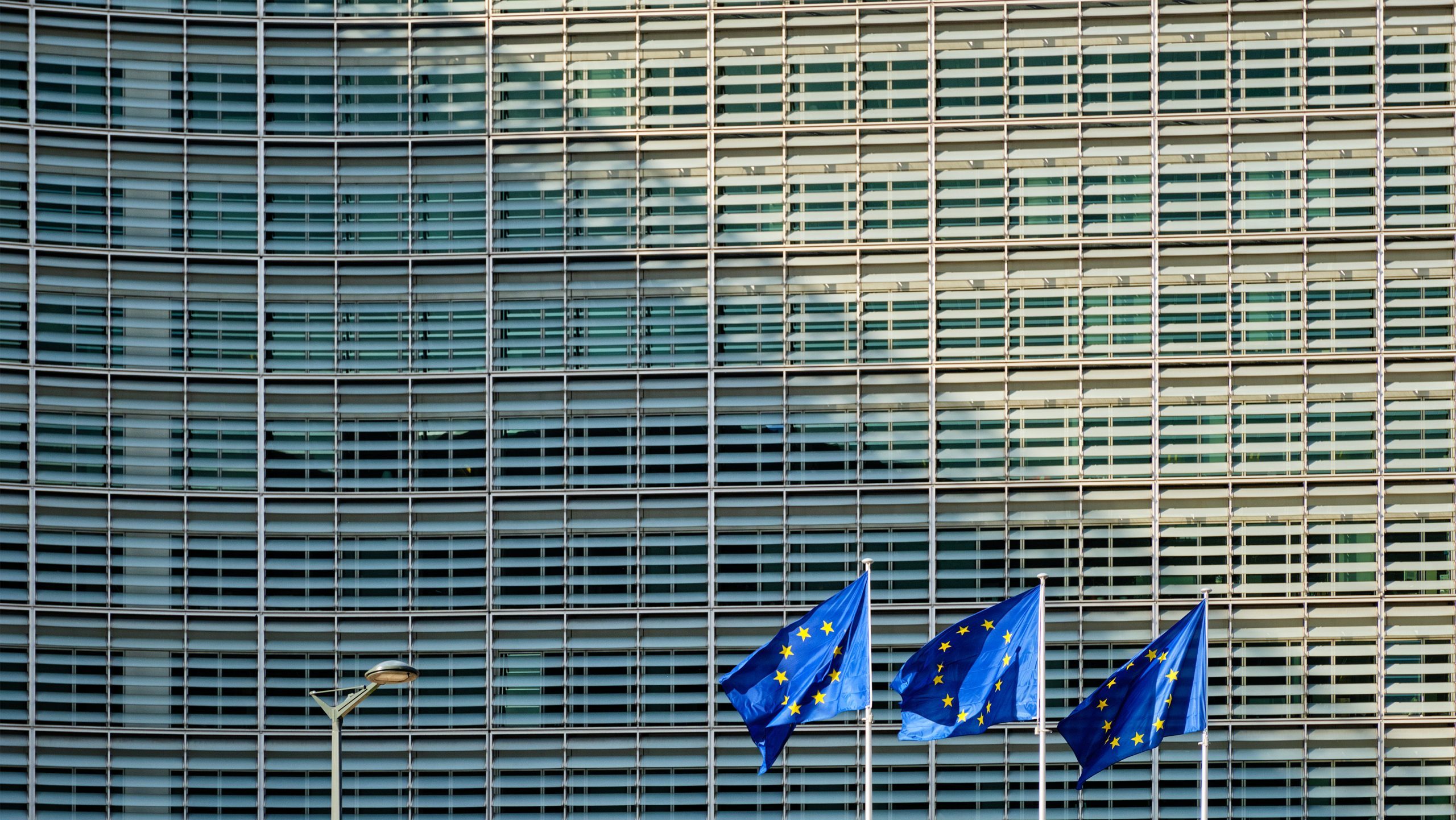Today, there is widespread agreement that photovoltaic installations represent an innovative and sustainable solution in the fight against climate change. These infrastructures, designed to convert solar energy into electricity, significantly contribute to reducing greenhouse gas emissions, thus having a positive environmental impact. In fact, the positive impact of photovoltaic installations goes beyond the generation of clean energy. Those of us involved in developing materials for these installations, such as fixed structures and trackers, are adopting sustainable and responsible practices to minimize any residual impact on the environment.
Sustainable Practices in Photovoltaic Structures
Companies developing photovoltaic structures implement various practices to ensure that the projects we participate in are as environmentally friendly as possible. These practices include:
- Selection of Sustainable Materials: Recyclable and low environmental impact materials are used in the construction of panels and supports. Recycled aluminum and steel with ecological certifications are examples of commonly employed materials. In our case, for the fixed structures, ESAFIXED, we use galvanized steel and steel with a Magnelis® finish or equivalent.
- Eco-Friendly Design and Construction: Photovoltaic installations are designed to integrate harmoniously with the natural environment, minimizing the alteration of local ecosystems and their biodiversity. This includes choosing locations that avoid protected or high ecological value areas and implementing construction techniques that minimize soil and vegetation disturbance.
- Responsible Waste Management: During the construction and operation of photovoltaic plants, proper management of the generated waste is ensured, promoting the recycling and reuse of materials whenever possible.
- Ecological Restoration Programs: There is increasing investment in ecological restoration projects to compensate for any residual negative impact on land use, including reforestation and habitat creation for local wildlife. For example, in Europe, more and more projects are agro-voltaic, referring to solutions that combine livestock, cultivation, and beekeeping on the installation site, respecting other animal species that inhabit the area.
Some Sustainability Certifications
To ensure that photovoltaic installation providers and developers comply with international sustainability standards, there are various globally recognized certifications and regulations. Some of the most notable are:
- ISO 14001: This international certification focuses on environmental management and ensures that companies implement an effective system to control and improve their environmental performance.
- ISO 50001: Related to energy management, this standard helps organizations improve energy efficiency, reduce costs, and enhance their environmental impact.
- Cradle to Cradle Certification: This certification evaluates the sustainability of products in terms of their life cycle, ensuring they are safe, circular, and environmentally responsible.
- European Union Ecolabel: This ecological label recognizes products and services that have a reduced environmental impact throughout their life cycle.
Additionally, more organizations and associations in different countries are developing their own environmental excellence seals, adding to the multiple technical and quality certifications that companies in the sector manage and obtain.
At ESASolar, we have:

Key Elements for Coexistence with the Natural Environment
To ensure healthy coexistence with the natural environment, the structures of a photovoltaic plant must consider several elements:
- Landscape Integration: Installations should be designed to minimize visibility and harmonize with the surrounding landscape.
- Biodiversity: Measures should be implemented to protect local biodiversity, such as creating ecological corridors and maintaining green areas.
- Land Use Efficiency: Optimizing the layout of panels to occupy as little land as possible, allowing for coexistence with agricultural activities or the conservation of natural habitats.
- Water Management: Plants should have water management systems that prevent aquifer contamination and manage water resources efficiently.
In summary, once photovoltaic energy generation technology matures, the effort of companies in the sector focuses on innovation and environmentally responsible design and management. We are committed to sustainable practices and have certifications that validate our interest in protecting and conserving our planet while building a more sustainable future.







